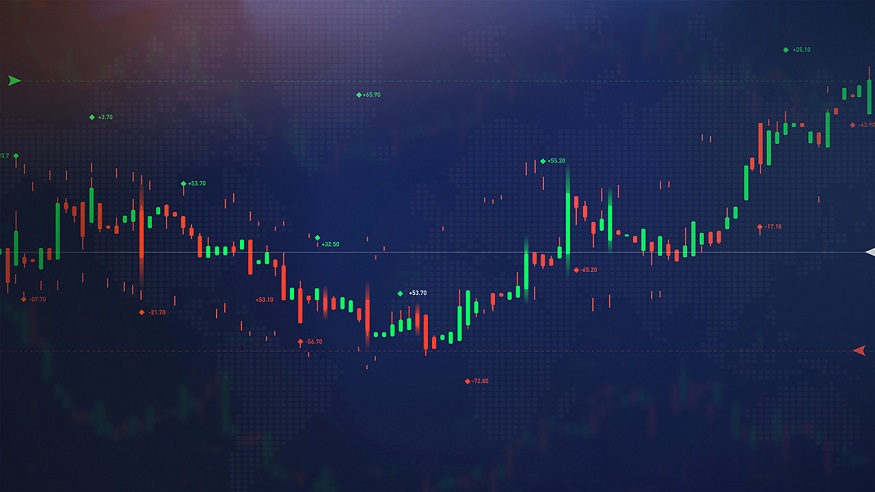When dealing with cryptocurrencies, investors can utilize charts like technical analysis is used to help choose stocks and commodities. The crypto market’s price, trading volume, and other metrics can all be visualized as charts. Patterns in the charts can be used to find promising investment opportunities in the digital currency market.
Let’s talk about a Japanese Candlestick chart to learn how to read crypto charts.

Table of Contents
Cryptographic Price Chart Components
The price chart for a given some current trends pair of cryptocurrencies is often displayed in real-time on cryptocurrency exchanges. Trading pairs typically involve the user’s preferred cryptocurrency and U.S. dollars. Pairing with other currencies or cryptocurrencies is also an option for users.
Key data points used as the foundation for the many indicators available to market participants while trading cryptocurrency may be seen in the above graphic.
The following chart, for instance, displays seven important data points for the BTC/USDT trading pair (Bitcoin/Tether, a U.S. dollar-pegged stablecoin), as seen on the Crypto.com Exchange:
- The trading pair for this market identifies Bitcoin as the base currency and U.S. Dollar Tether as the quote currency.
- Price Now: Displays the present value of one unit of the quote currency (USDT) in terms of one unit of the base currency (BTC). Indications show the price growth rate over the past 24 hours. These numbers can shift quite quickly depending on the activity level in a given market.
- Indicating the day’s highest and lowest prices for a given asset.

- 24H Vol: Displays the total volume of a given asset (in BTC) traded within the last 24 hours. This amount is shown in USDT, the currency used for quotations.
- Users can specify the time intervals they’d like to see reflected in the trending view market bitcoin by setting the unit of time. Time can be broken down into increments of as little as one minute or as long as one month.
- A price chart is a graphical representation of the increase and decrease of a currency’s value over a specified time frame. A candle represents the price change for a given period in digital currency markets. Candles on a price chart would indicate the general direction of an asset’s price movement in recent times. The period is customizable, with options ranging from one day to several years.
- Below the main chart displaying price movement is a smaller chart displaying trading volume. Each bar in this sub-chart represents the volume of trades for the asset the candle represents. The longer the bar, the more money changed hands within that period. Typically, a rising green bar means prices are rising, while a falling red bar suggests prices are decreasing. (The colors can be changed based on personal taste.)
- The cluster of candlesticks representing currency prices is the chart’s most crucial element.
Dow Theory
In 1884, Charles Dow collaborated on developing the first stock market index.
After this index was established, the DJIA was developed to reflect the market capitalization performance of the 30 largest U.S. publicly traded businesses. Dow thought the stock market was an accurate barometer of economic health and that key market movements could be gleaned from examining its data.
Several additional analysts, such as William Hamilton, Robert Thea, and Richard Russell, have refined Dow’s hypothesis. The transportation component of Dow’s idea, for example, has gotten less attention in recent years. Although traders still follow the DJT, the DJIA is the more important market indicator.
Conclusion
Reading a cryptocurrency chart is crucial for novice and seasoned traders in the cryptocurrency market. Investors and traders in cryptocurrencies utilize crypto charts to inform their actions.
These charts resemble those used by other investors to select stocks using technical analysis. Crypto charts, for the uninitiated, are visual representations of the crypto market’s price, volume, and time intervals.


















